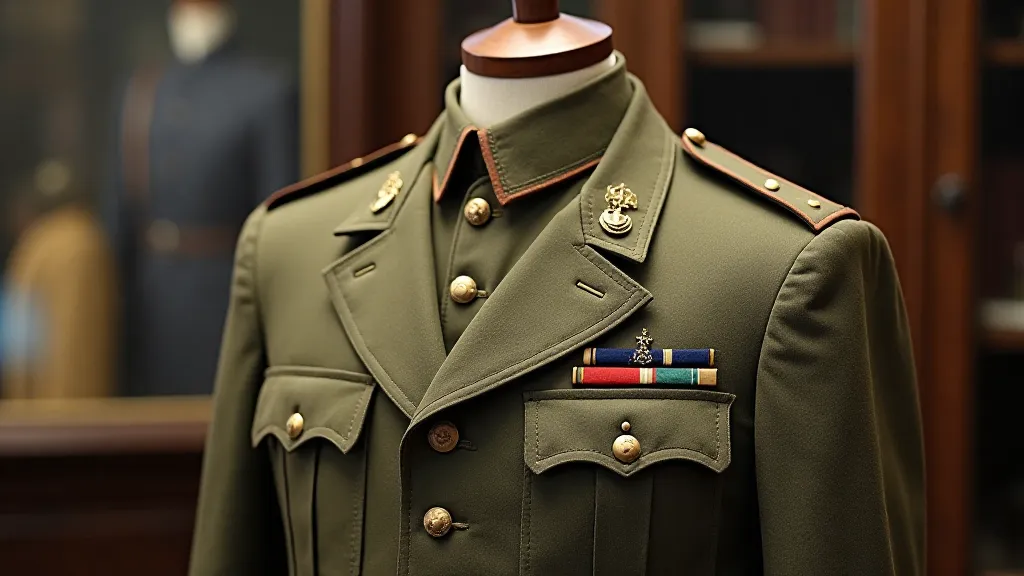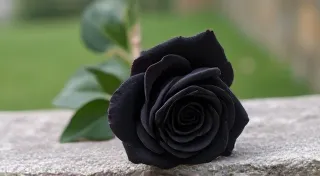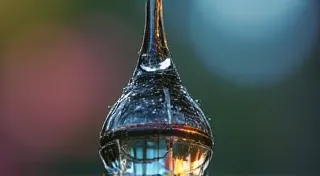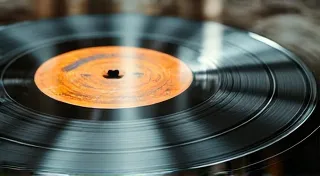The Button’s Cipher: Decoding Symbols on Military Uniform Buttons
There’s a quiet poetry in collecting vintage buttons. Beyond the simple function of fastening, they’re tiny portals to the past, miniature sculptures whispering tales of lives lived, uniforms worn, and moments long gone. While many buttons serve as charming embellishments on dresses and coats, the military button holds a particular weight, a concentrated symbol of duty, honor, and often, sacrifice. They aren't just fasteners; they are intricate ciphers, demanding to be understood.
I remember my grandfather, a veteran of World War II, meticulously cleaning his old uniforms. He's the one who first sparked my fascination. He wouldn't talk much about the war, but he’d linger over the buttons, gently polishing their tarnished surfaces. "Each one," he’s said, with a faraway look in his eyes, "tells a story, son. You just have to learn how to read it." He didn't offer any explicit lessons, but those quiet moments, that reverence for these small objects, ignited a lifelong passion within me.
The appeal of collecting military buttons isn’t just about acquiring objects; it’s about connecting with history on a visceral level. It's about feeling a connection to the individuals who wore them, understanding the context of their service, and appreciating the craftsmanship that went into their creation. The history isn't just on display; it's etched into the metal, the enamel, the very design of the button.
The Evolution of Military Button Design
Early military buttons, dating back to the 17th century, were often very simple – typically flat, circular discs made of brass or pewter. They bore the coats of arms of the ruling monarch or the emblem of the military branch. These early designs weren't standardized; each regiment might have its own variation, leading to an astonishing diversity in button styles. The materials used reflected the era; silver was common among officers, while brass and pewter were utilized for enlisted personnel.
The 19th century witnessed a shift towards greater standardization. With the rise of nation-states and larger, more structured militaries, uniform regulations tightened. Buttons became more uniform in design, incorporating specific insignia indicating rank, branch of service, and unit affiliation. The introduction of vulcanized rubber allowed for the creation of molded buttons, enabling greater detail and a wider range of colors, though these were often shorter-lived and more prone to deterioration. The Victorian era, particularly, saw a flourishing of ornate button designs, reflecting the period’s aesthetic sensibilities.
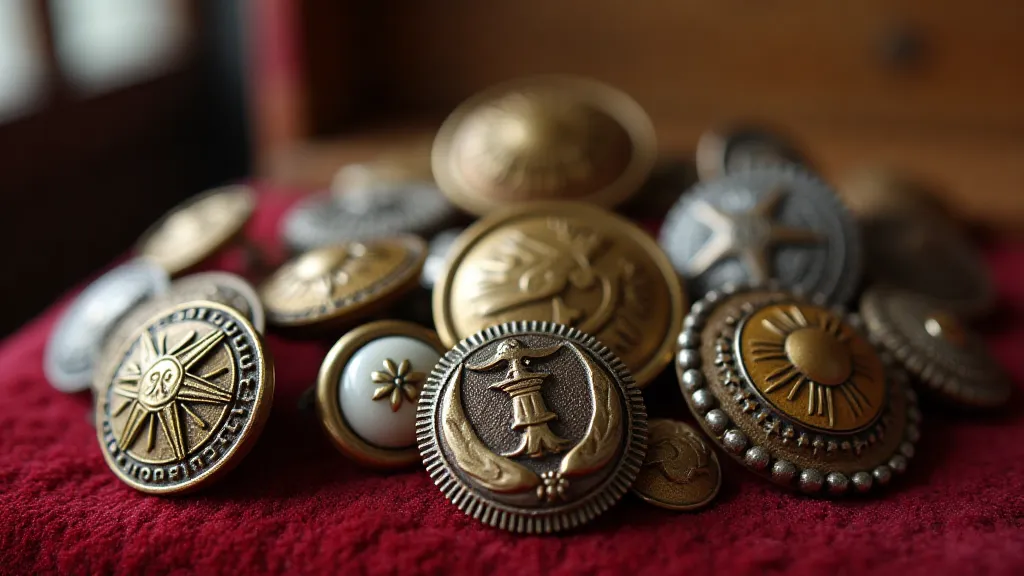
Decoding the Symbols: A Visual Language
Understanding the symbols etched onto these buttons is crucial for appreciating their historical significance. The devil truly is in the details. A seemingly simple button can contain a wealth of information. For instance, a button bearing an eagle might indicate service in the United States Army, but the specific depiction of the eagle, the number of stars, and the surrounding text can pinpoint a specific era or unit.
Rank is often indicated through the number of stars, eagles, or other emblems. Officers typically bore buttons with more elaborate designs than enlisted personnel. Unit insignia, such as regimental crests or battle honors, are frequently incorporated. Pay attention to the text surrounding the central emblem – it might reveal the unit’s name, motto, or a significant date in its history. The style of lettering itself can be a clue to the button’s age. Early buttons often feature ornate, script-like fonts, while later buttons utilize more modern, sans-serif fonts.
The materials also tell a story. Bronze buttons are often associated with the Civil War era. Gilded brass indicates a higher rank or a more prestigious unit. Enamel buttons, while beautiful, are more fragile and often found on officers’ uniforms. The back of the button is just as important as the front. It often bears the manufacturer's mark, which can help to determine the button’s origin and approximate date of manufacture. These marks are a treasure for dedicated collectors, offering invaluable insights into the button’s history.
Restoration and Preservation: Respecting the Past
Restoring vintage military buttons requires a delicate approach. The goal isn't to make them look brand new but to stabilize them and preserve their existing character. Harsh cleaning methods can damage the metal and remove any patina that has developed over time. Often, the best approach is simply gentle cleaning with a soft cloth and a mild soap solution.
Tarnish can be a particularly tricky issue. While it can detract from the button’s appearance, it's also a testament to its age and history. Removing all the tarnish is not always desirable. A professional conservator can offer expert advice on appropriate cleaning and stabilization techniques. Handling the buttons with gloves is vital to prevent the transfer of oils and acids from your hands.
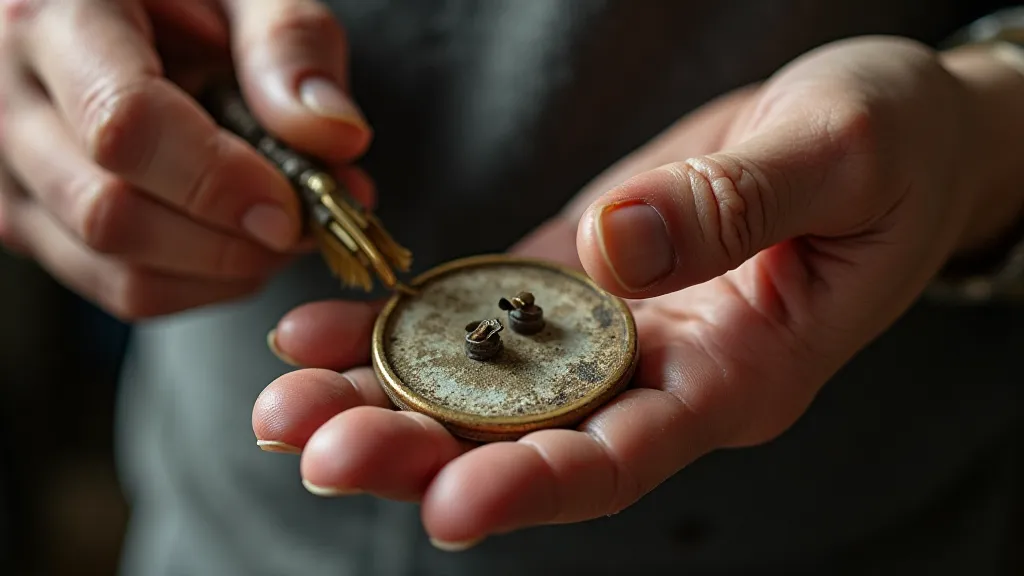
The Continuing Legacy of the Button
Collecting vintage military buttons is more than just a hobby; it’s a form of historical preservation. These tiny artifacts serve as tangible links to the past, reminding us of the sacrifices made by those who served. Each button tells a story of courage, duty, and resilience.
The meticulous craftsmanship that went into producing these buttons is a testament to a time when quality and durability were paramount. Holding a vintage military button in your hand, you can almost feel the connection to the soldier who wore it, imagine the battles they faced, and appreciate the enduring legacy of their service.
It’s a quiet, contemplative pursuit, requiring patience, attention to detail, and a deep appreciation for history. But the rewards are immeasurable – a profound sense of connection to the past and a deeper understanding of the men and women who shaped our world. It's a way of keeping their stories alive, one button at a time.
